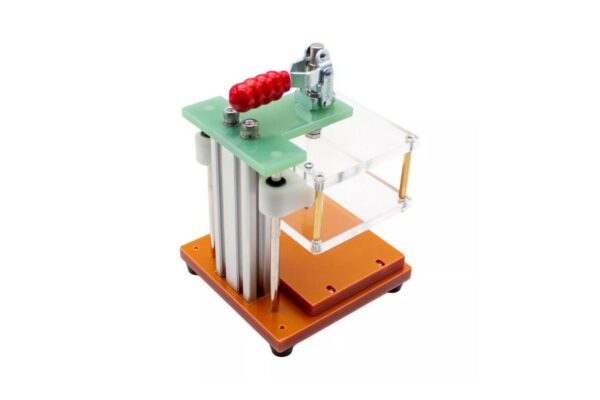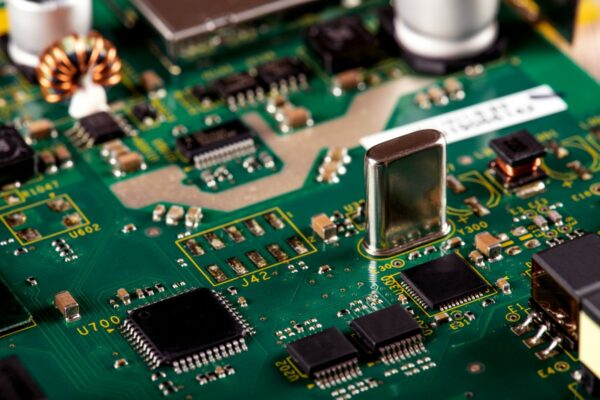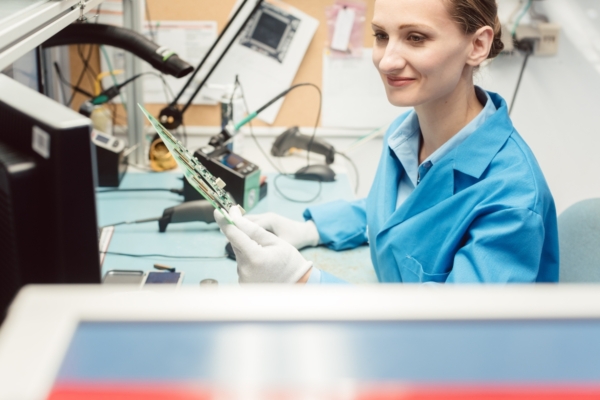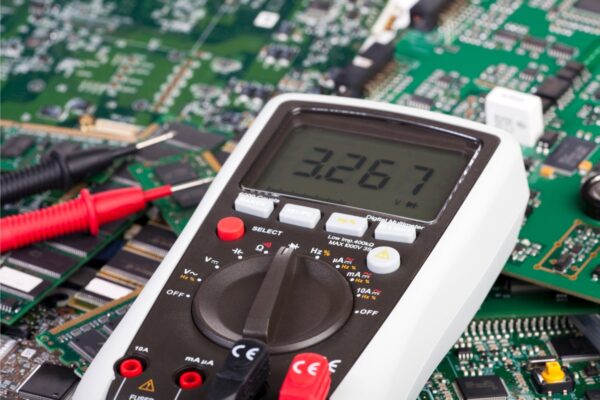What is Flying Probe Tester
A flying probe tester, also known as an FPT, is a specialized piece of testing equipment used in the PCB (Printed Circuit Board) industry. It is an advanced alternative to the traditional bed of nails fixture test method. Unlike the bed of nails, which uses a fixed set of pins to make contact with the test points on a PCB, the flying probe tester utilizes movable probes to perform the testing.
The flying probe tester is designed with four headers that can move along the X-Y axis at high speeds. During the testing process, the unit under test (UUT) is transported to the internal tester of the flying probe tester, either through a conveyor belt or other means. The probes then make contact with the test pads and vias on the UUT to identify any defects or issues.
One of the key advantages of the flying probe tester is its flexibility and adaptability. Unlike traditional fixture-based testing methods, the flying probe tester does not require the creation of custom fixtures or test points on the PCB. This makes it highly cost-effective, especially for prototypes and low to mid-volume production.
The flying probe tester is capable of performing various tests, including checking for shorts, opens, and component values. It is equipped with drivers, such as signal generators and power supplies, as well as sensors like digital multimeters and frequency counters, to accurately measure the electrical properties of the components on the UUT.
Additionally, the flying probe tester is equipped with a camera to assist in identifying missing components and inspecting component polarity. This ensures accurate testing and verification of the UUT’s fabrication situation.





